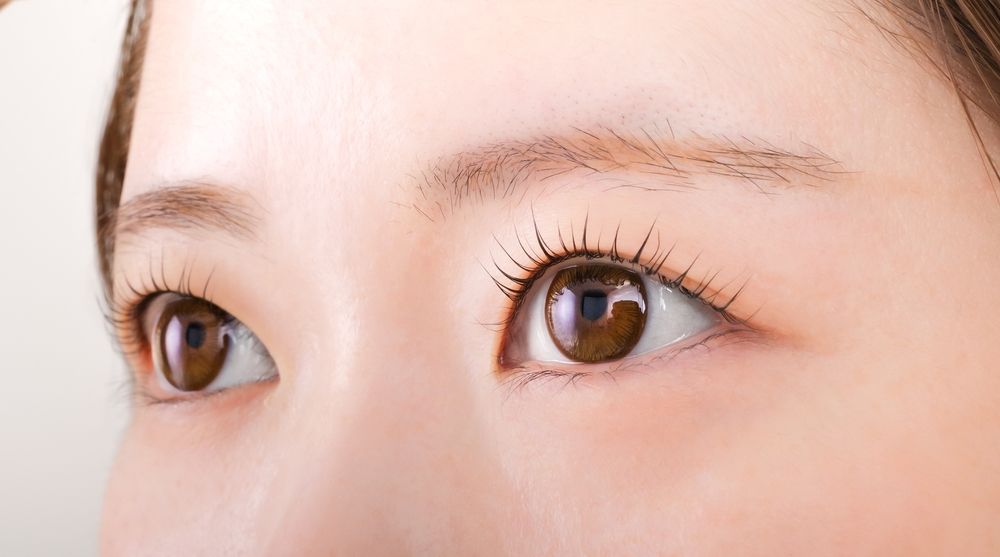As we age, our vision undergoes changes that can impact quality of life. For individuals in Greenwood Village, Centennial, and Southglenn, managing these changes often includes understanding the interplay between procedures like LASIK and the development of cataracts. At Colorado Eye Clinic, Dr. Abed Namavari, a trusted eye doctor, provides expert guidance on navigating the complexities of vision correction and age-related eye health.
What is LASIK?
LASIK (Laser-Assisted in Situ Keratomileusis) is a highly effective procedure designed to correct refractive errors such as nearsightedness, farsightedness, and astigmatism. By reshaping the cornea with a precise laser, LASIK improves how light enters the eye and focuses on the retina, leading to clearer vision.
Patients often choose LASIK to reduce dependence on glasses or contact lenses. However, while LASIK provides permanent correction for refractive errors, it does not prevent or address other age-related eye conditions, such as cataracts.
What Are Cataracts?
Cataracts are a clouding of the eye’s natural lens, typically caused by aging. This condition affects light passing through the lens, leading to blurred or distorted vision. Common symptoms of cataracts include:
- Difficulty seeing in low light or at night
- Increased sensitivity to glare
- Colors appearing dull or yellowed
- Frequent changes in prescription eyewear
Cataracts usually develop gradually and can significantly impair vision over time if left untreated.
LASIK and Cataracts: Understanding the Connection
While LASIK reshapes the cornea to improve how light enters the eye, cataracts affect the lens inside the eye. This distinction means LASIK does not prevent cataracts or eliminate the need for cataract surgery later in life.
For individuals who have undergone LASIK, cataracts can still form as part of the natural aging process. However, LASIK can influence the way cataract surgery is planned and performed.
Key Considerations for Patients
- Pre-LASIK Assessment
Before undergoing LASIK, a thorough eye examination is critical. Dr. Namavari evaluates the overall health of the eyes, including the presence of early cataract development. If cataracts are already present, patients may benefit more from cataract surgery than LASIK. - Post-LASIK Cataract Surgery
For patients who previously had LASIK and later develop cataracts, cataract surgery remains highly effective. However, accurate measurements for intraocular lens (IOL) implantation during cataract surgery may require adjustments. At Colorado Eye Clinic, advanced diagnostic technology ensures precise outcomes for LASIK patients undergoing cataract surgery. - Age and Timing
Age plays a significant role in determining whether LASIK is the best option. Patients in their 40s and 50s may already experience the early effects of cataracts or presbyopia (age-related difficulty focusing on nearby objects). In such cases, alternatives like refractive lens exchange (RLE) may be more suitable.
Vision Correction After Cataract Surgery
For patients who have had both LASIK and cataract surgery, advanced IOLs can further optimize vision. Options include:
- Monofocal Lenses: Provide clear vision at a single distance (near or far).
- Multifocal Lenses: Correct vision at multiple distances, reducing the need for glasses.
- Toric Lenses: Address astigmatism, enhancing clarity.
Dr. Namavari customizes treatment plans to align with each patient’s unique needs and visual goals.
Managing Age-Related Vision Changes
Aging doesn’t have to mean compromising on visual clarity. Combining LASIK with later cataract surgery is a strategy that can support long-term eye health and quality of life. Residents in Greenwood Village, Centennial, and Southglenn can benefit from the comprehensive care available at Colorado Eye Clinic, where patient education and advanced techniques come together to deliver outstanding results.
Common Questions from Patients
- Can I have LASIK if I already have cataracts?
LASIK is not recommended for patients with cataracts, as it does not address the cloudy lens. Cataract surgery is the preferred treatment in such cases. - Will cataracts return after surgery?
Once the cloudy natural lens is replaced with an artificial IOL during cataract surgery, cataracts cannot recur. - Can LASIK affect the outcome of cataract surgery?
While LASIK does not hinder cataract surgery, it requires careful pre-surgical measurements to ensure accurate IOL placement. - What if I have cataracts in only one eye?
Cataract surgery can be performed on one eye initially, with the other eye addressed as needed. - How do I know if LASIK or another procedure is right for me?
A consultation with Dr. Namavari at Colorado Eye Clinic provides clarity on the best options based on your eye health, age, and visual needs.
Why Choose Colorado Eye Clinic?
At Colorado Eye Clinic, patient-centered care is at the heart of every consultation and procedure. Dr. Abed Namavari ensures residents of Greenwood Village, Centennial, and Southglenn receive accurate information and cutting-edge treatment options tailored to their individual circumstances. Whether you’re exploring LASIK or managing cataracts, trust Colorado Eye Clinic for expert guidance and results-driven care.
Sources:
- Alio, J. L., & Elkady, B. (2020). LASIK and Cataracts: A Comprehensive Overview. Journal of Ophthalmic Surgery.
- Trattler, W. B., & Majmudar, P. A. (2015). Advances in Cataract Surgery for Post-LASIK Patients. Ophthalmology Times.
- Davidson, R. S., & Cox, A. (2018). Optimizing IOL Selection in Patients with Prior LASIK. Eye and Vision Journal.

